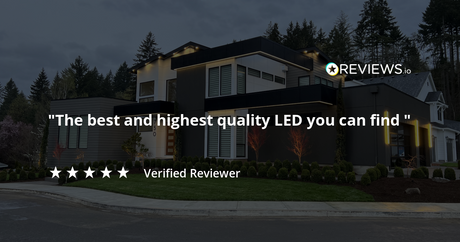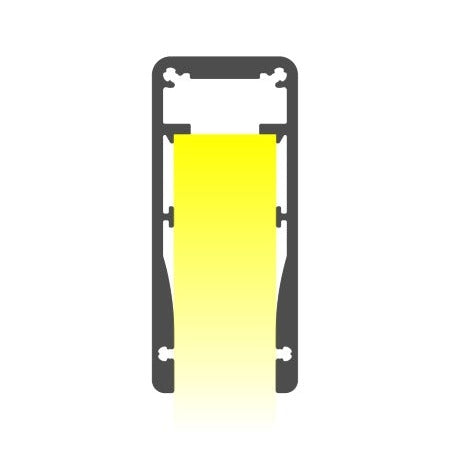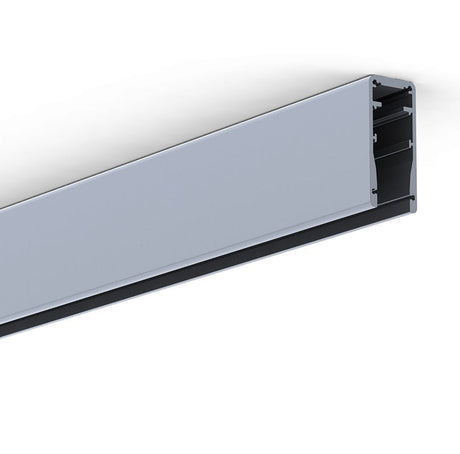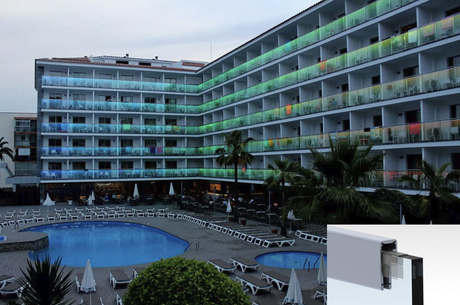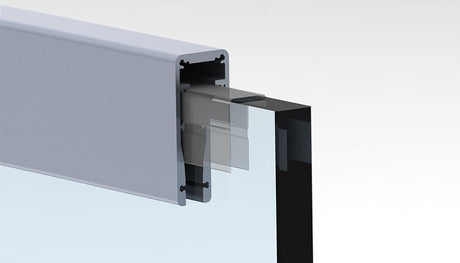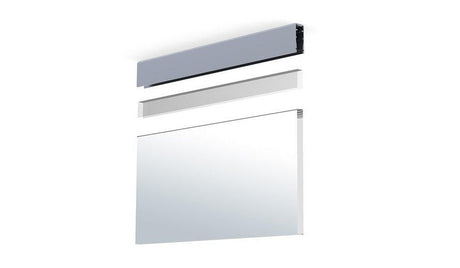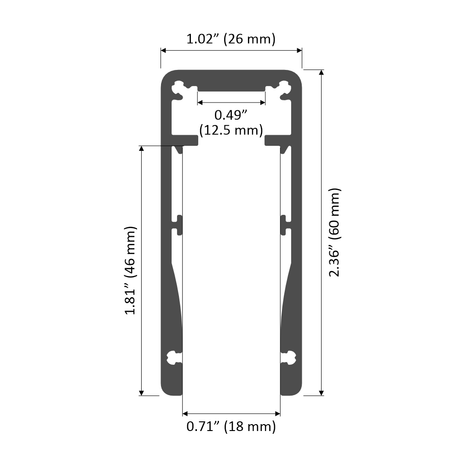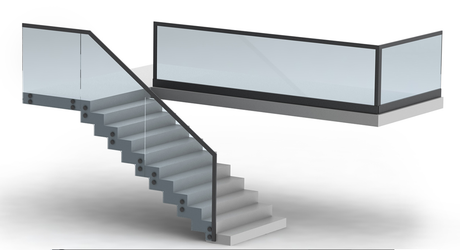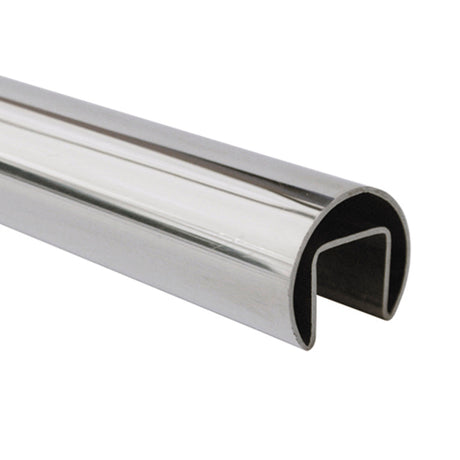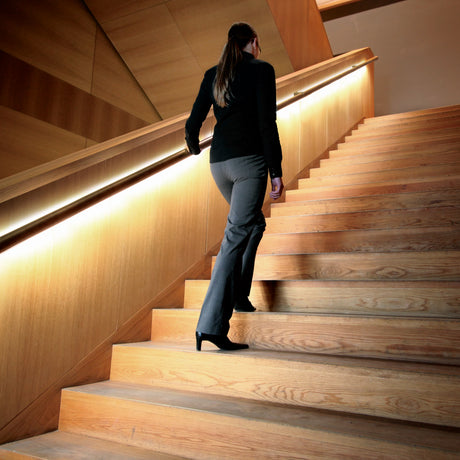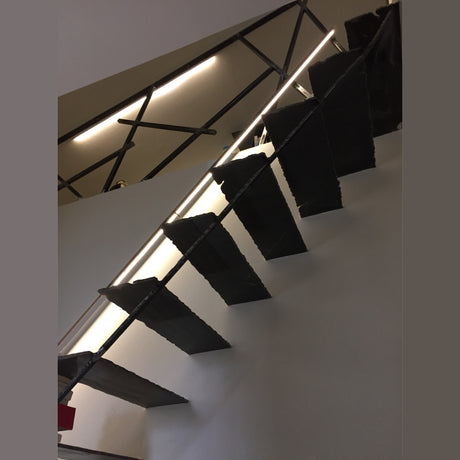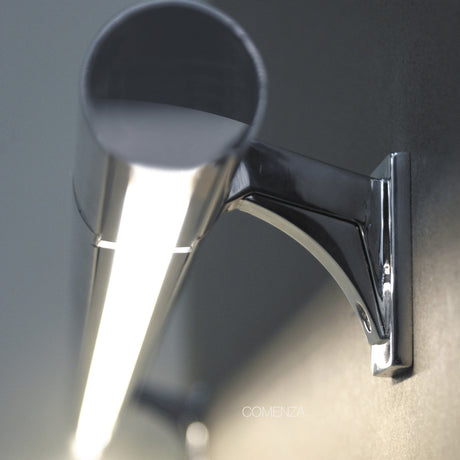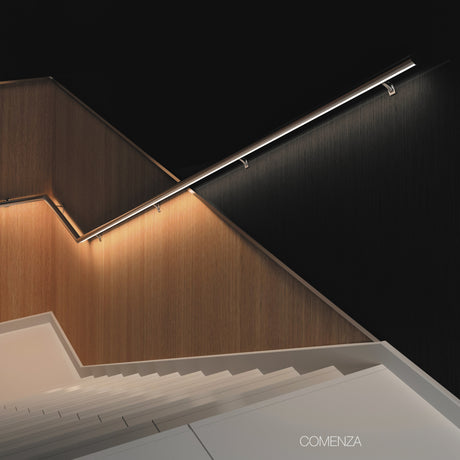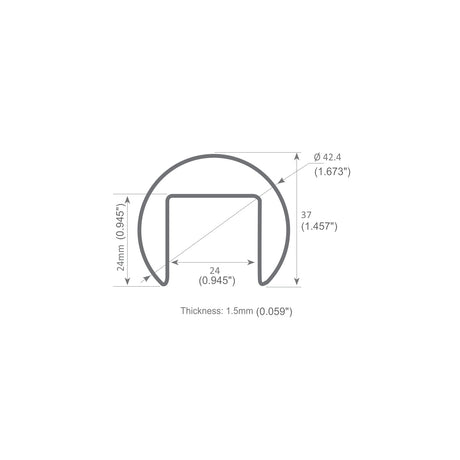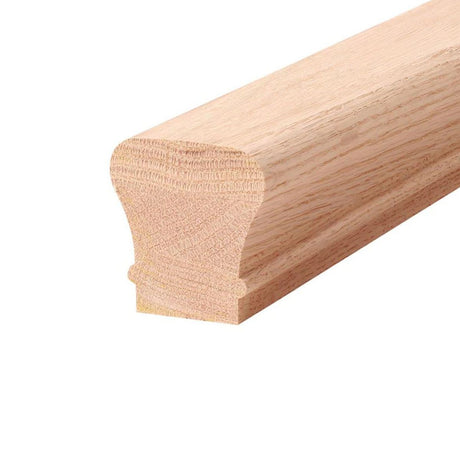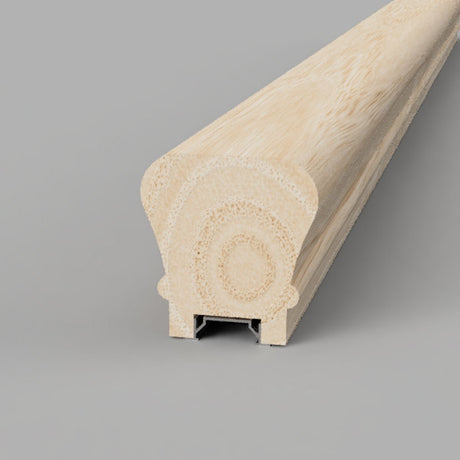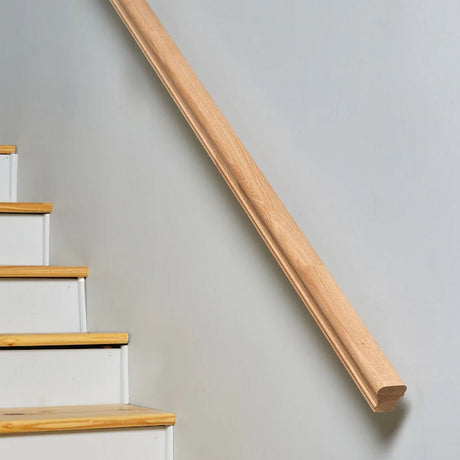LED Handrails
(3 products)- Featured
- Best selling
- Alphabetically, A-Z
- Alphabetically, Z-A
- Price, low to high
- Price, high to low
- Date, old to new
- Date, new to old
FiltersFilter & Sort
-
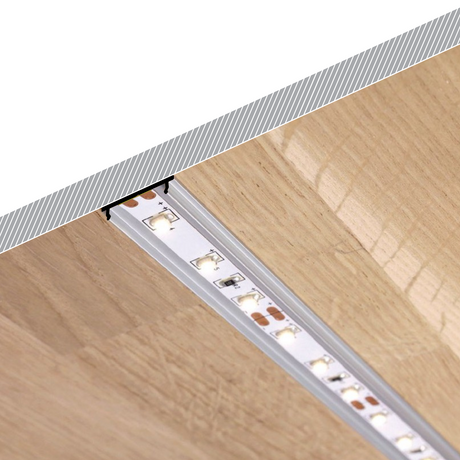 LED Strips
LED StripsChannel + Strip Discount
Buy any LED channel and get 10% off any LED strip.
LED Glass Railing Edge-Lit LED Strip Channel ~ Model Alu-Glass
From $13.77 USDUnit price /Unavailable
LED Handrails for Safe and Architectural Illumination
Applications and Advantages of Integrated LED Handrail Lighting
LED handrails combine structural functionality with efficient lighting, offering both visual appeal and enhanced safety in architectural environments. These systems are widely used in commercial buildings, public facilities, and high-end residential spaces where accessibility and design integration are critical. The handrails provide guided illumination along paths, staircases, and ramps, ensuring visibility without glare or shadowing. Their discreet integration of LED strips allows consistent, linear light output that enhances both safety and ambiance.
Each LED handrail profile is designed to meet architectural and regulatory standards for durability and performance. The aluminum or stainless-steel structure provides strength and corrosion resistance, while the integrated diffusers evenly distribute light. When paired with COB LED strip options, the illumination appears seamless without visible diodes. This makes LED handrails suitable for environments requiring uniform, high-quality lighting such as transportation hubs, galleries, and hospitality interiors.
Engineering and Material Design in Modern LED Handrails
Modern LED handrail systems use precision-engineered profiles that double as heat sinks for LED strips, maintaining consistent performance over long operating periods. These designs often incorporate concealed wiring channels for a clean aesthetic. The diffusers are made from UV-stable acrylic or impact-resistant polycarbonate, ensuring durability in indoor and outdoor conditions. For outdoor installations, using waterproof LED strip solutions guarantees protection against moisture and dust ingress.
The integration of smart control options through LED dimmers and controllers allows users to fine-tune brightness and color temperature to suit different environments. Whether for architectural feature lighting or low-level emergency illumination, the system adapts to varied design requirements. The profiles can also be customized to match surrounding finishes, offering versatility in contemporary and heritage architecture alike.
System Compatibility and Architectural Integration
Each LED handrail system is engineered for compatibility with other architectural lighting components such as LED profiles, hanging profiles, and bendable profiles. This modularity allows designers to create cohesive lighting schemes throughout a space. Matching color temperatures and diffuser materials ensures visual consistency between wall-mounted, suspended, and integrated lighting elements.
In complex architectural layouts, LED handrails can be combined with black aluminum LED channels or extra wide LED channels to extend illumination into adjacent surfaces or open spaces. Reliable power delivery is supported by LED power supplies that maintain consistent voltage along extended runs. These systems are engineered for easy installation, ensuring precise alignment and minimal maintenance once deployed.
Architects and lighting designers value LED handrails for their ability to integrate form and function seamlessly. They provide continuous light without visible fixtures, preserving the visual integrity of architectural lines. The combination of energy efficiency, robust materials, and controllable illumination makes these systems a practical choice for projects focused on safety, accessibility, and contemporary aesthetics. With components designed for longevity and modular adaptability, LED handrails deliver professional-grade performance across a wide range of applications.
Wired4Signs USA offers technical support and compatible lighting components to ensure full integration with other architectural systems, including LED strips and control accessories. Each system is engineered for precise performance, helping professionals create safe and visually balanced environments in both public and private settings.
Your cart
